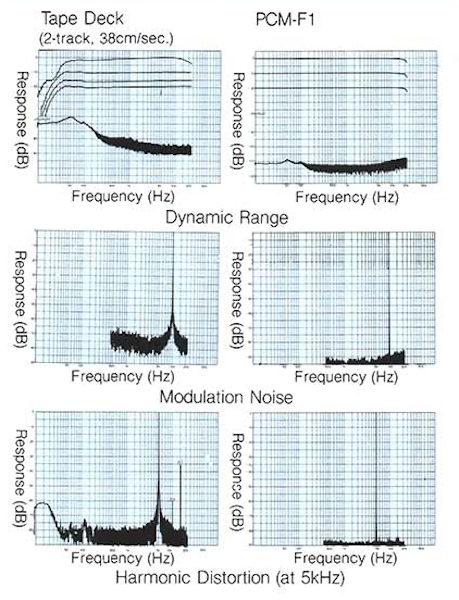chiily
PFM Special Builder
Agreed. Quad 57 ELSs are kinda beamy too, get the beam just right and nothing that I've heard compares to them.Those horns (wave guides) on the tweeters are seriously killing the off axis response. Which is either a blessing or a curse depending use case.
It is down to room, how one listens (from the kitchen, solo, as a group, etc), what you want, lifestyle wise, one wants from hifi. I have two systems, one I listen mainly alone with beamy speakers and one downstairs that ain't so beamy for family listening. Each system has different qualities and I've picked equipment to match their qualities to the situation.



